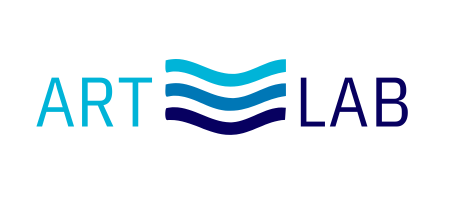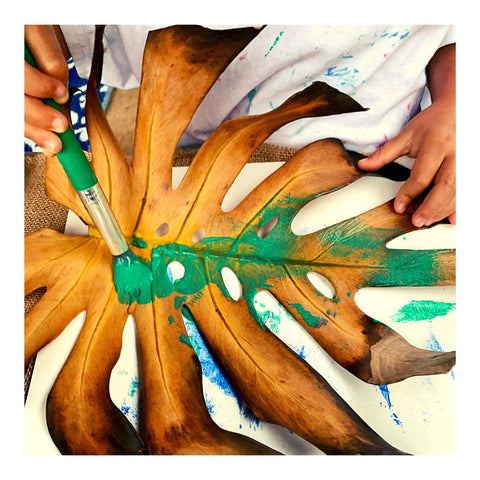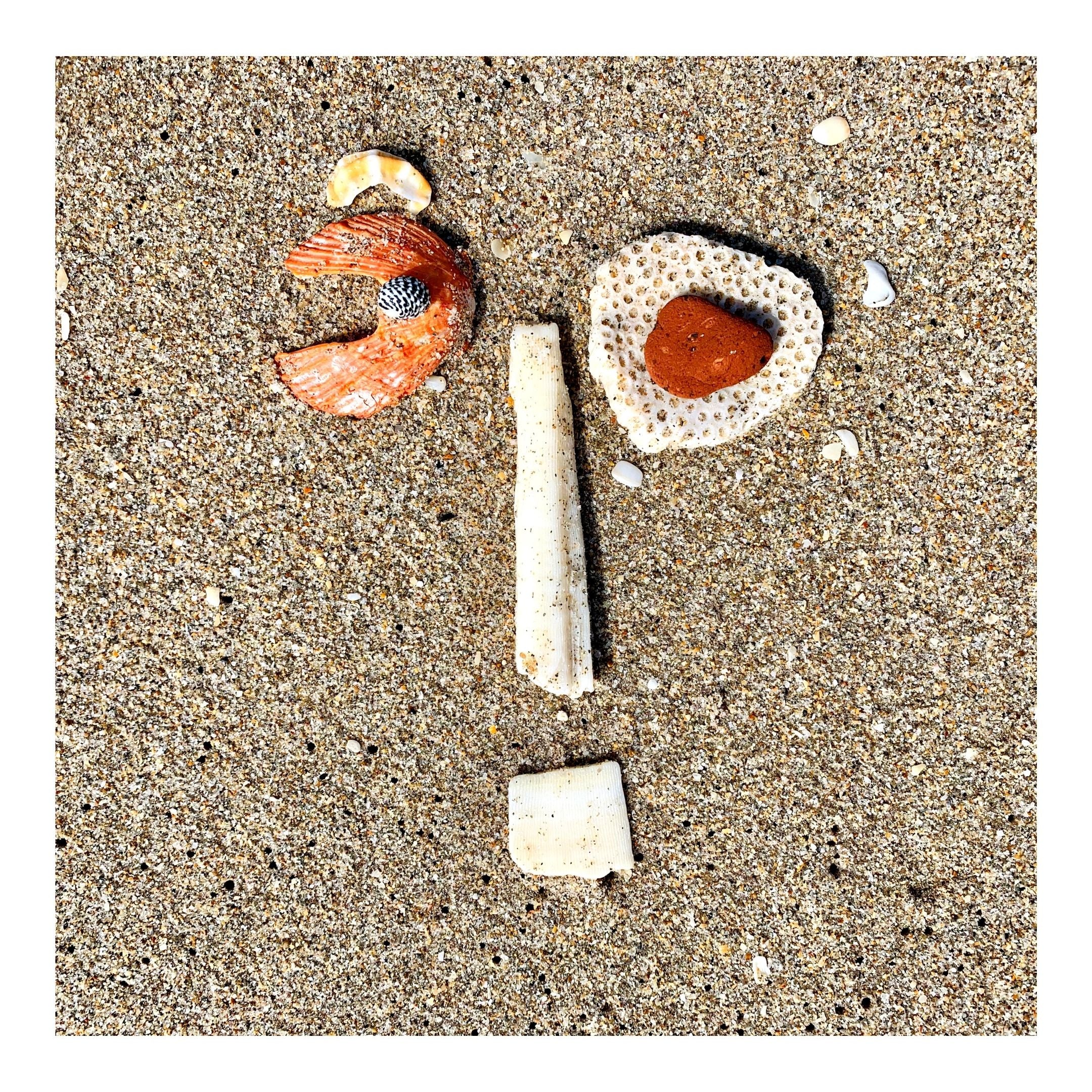
Benefits of Artful Expression
When a lot of hands-on exploration happen in the early years it allows children to flourish into lifelong creative thinkers. When a child is allowed to assemble materials and colors freely it is a clear invite to explore and discover.
Process art allows for that exploration to happen. For this reason, I am a strong believer that PROCESS ART is one of the best ways to cultivate creativity and exploration for our little ones.
Read below to learn more and understand the benefits of artful expression.
WHAT IS PROCESS ART?

Process art is about the method behind the creation and allowing your child to explore, discover and experiment with art in an open-ended, unstructured way. Enjoying the journey of making something rather than focusing on the outcome.
BENEFITS OF PROCESS ART IN EARLY CHILDHOOD
According to the National Association for the Education of Young Children (NAEYC) mentions Process Art has a number of benefits, here are just a few:
- Nurtures social and emotional health
- Helps to build such cognitive skills as comparison, prediction, planning and problem-solving
- This form of art encourages the development of fine motor skills
- Builds the skills of verbal expression and language
Each process art project I share here on my blog, are from my Art & Exploration Lab Class. It is kid-made (and kid-approved!) Little bodies have left smiling and their families proud of their creation. Thank you for stopping by!
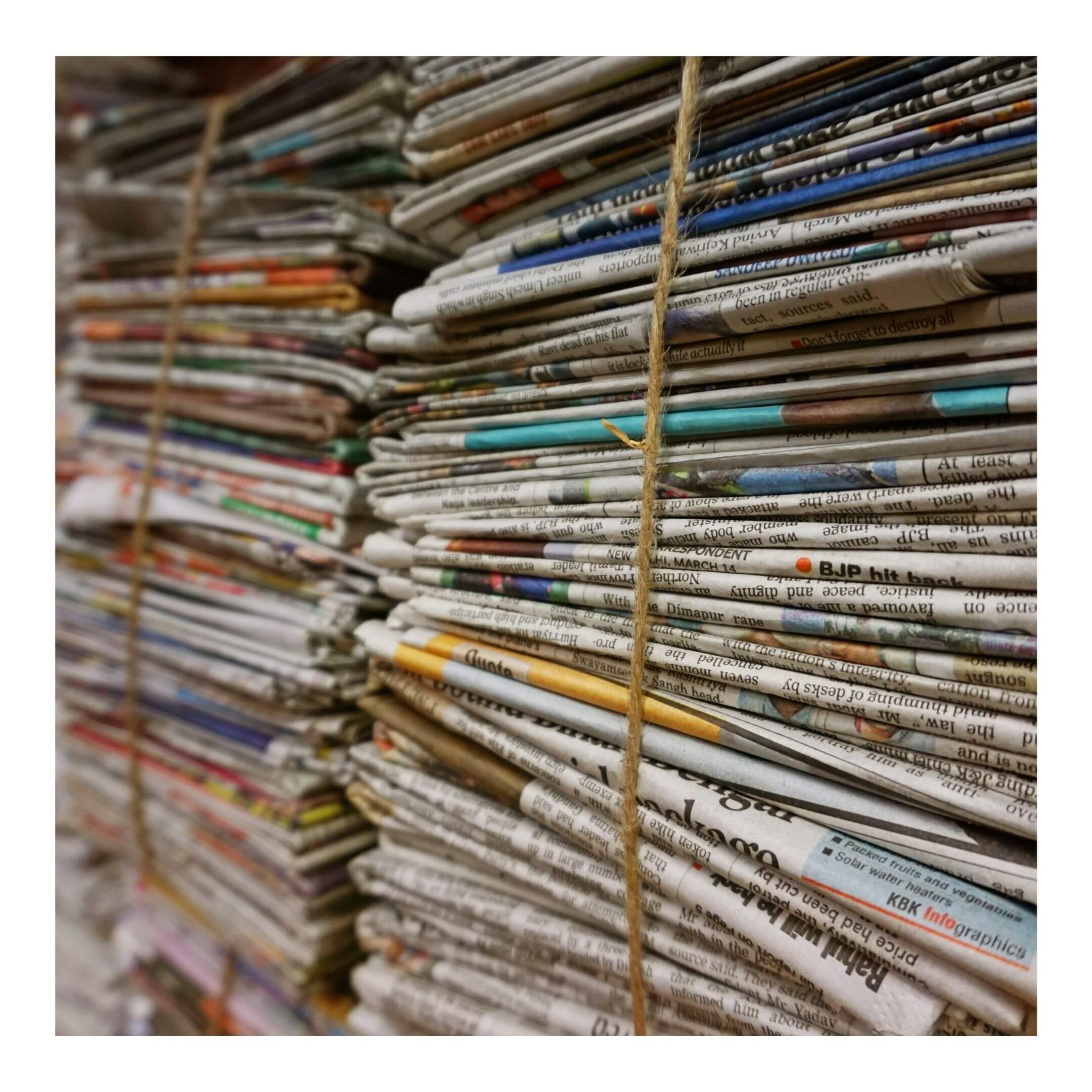
Recycling Tips for Art Play
Making art with repurposed materials is easy. But getting organized is not. These tips can help you sort out the best items and get started.

RECYCLING TIPS
Start by setting aside the below materials:
- cardboard box
- recycled string
- bottle tops
- plastic containers
- natural materials
Prepping the material will help you save time.
-
Bottles
-
Recyclable if mouth is smaller than base
-
Empty, rinse, dry, and reattach lids
-
-
Jugs
-
Recyclable if mouth is smaller than base
-
Empty, rinse, dry, and reattach lids
-
Examples: milk, soda, laundry, shampoo, contact solution
-
-
Tubs
-
Make sure to reattach lid after rinsing (DO NOT place containers inside of other containers)
-
Empty, rinse, dry, and reattach lids
-
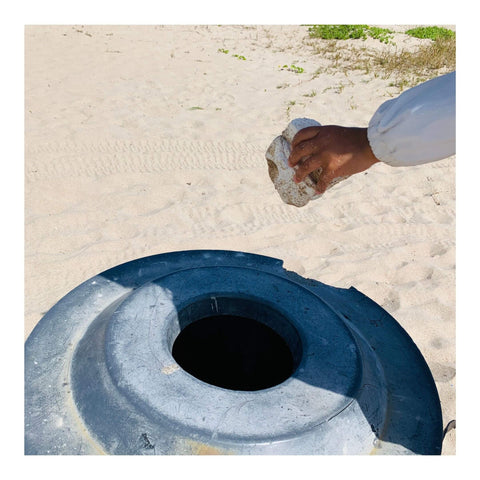
I find that it's helpful to have a small jar by the kitchen sink and a spare laundry basket, both designated for recyclables meant for art projects. Extending the life of an object is already a creative learning moment for both you and your mini artist. What other ways do you create a greener art space?
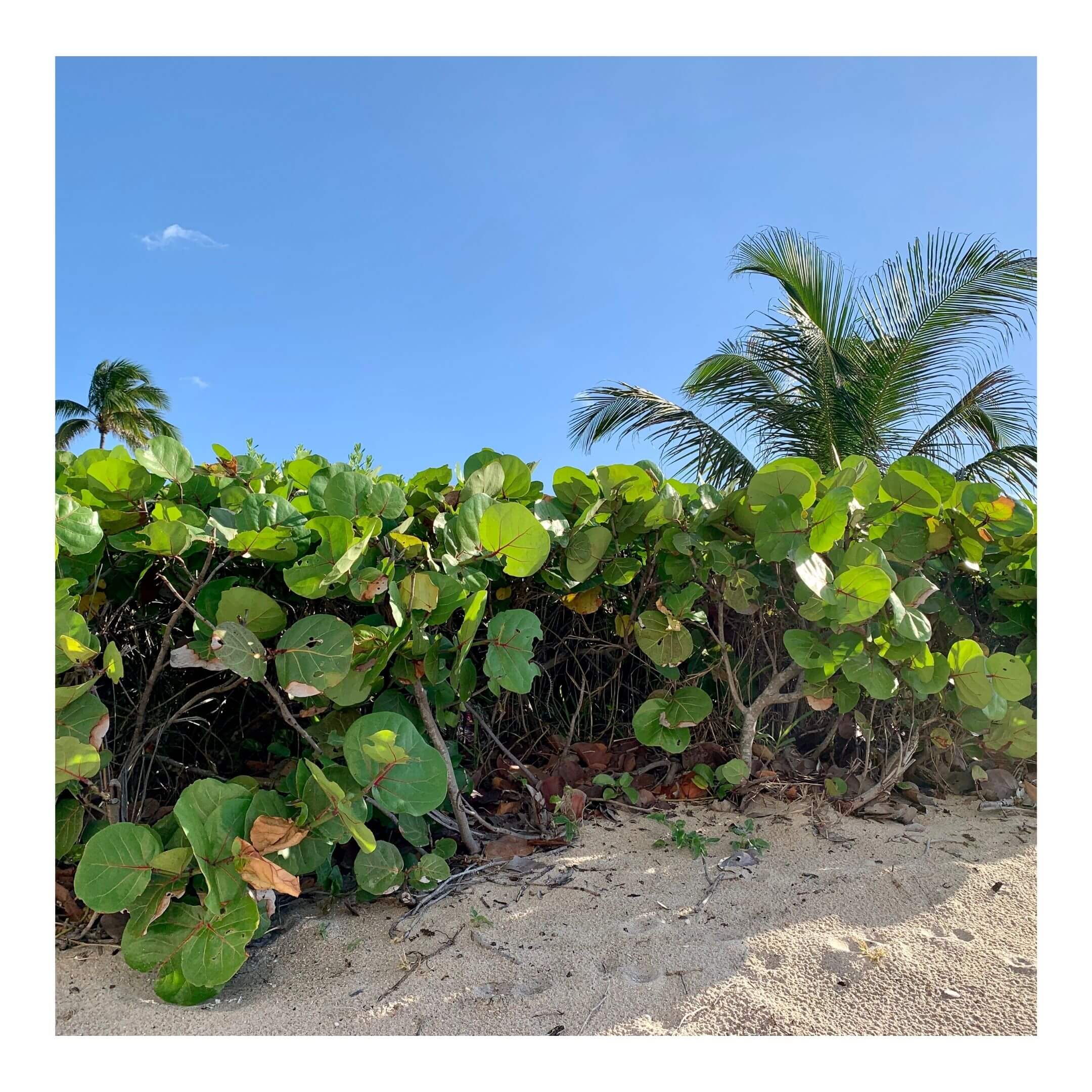
"Life Below Water" Photography Block Play
Our photography block play activity is designed to inspire the minds of young children and future oceanographers. This activity is a sure way to start engaging kids in photographic storytelling. The places, people, nature and colors captured in each of these photographs are a valuable instructional tool in your creative learning time.
Enjoy this fun, open-ended block play prompt and remember there is no right or wrong way to build. Place blocks together randomly or in patterns. Identify colors, talk about the ocean or build an underwater castle.

photo credit: photographers @pixaby
MATERIALS
- Colored Blocks
- Access other pictures of the Great Barrier Reef or of interesting underwater landscapes .
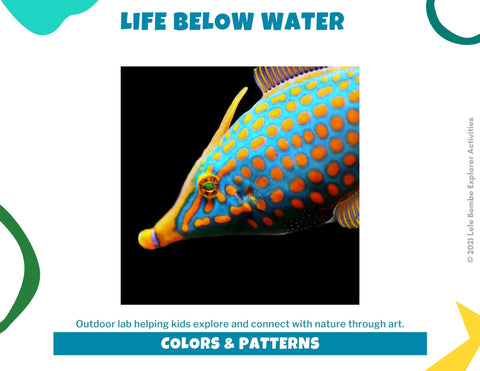




Extended Play
Visit your local library and check out books that feature different types of marine environments from all over the world. Looking to extend this activity? Check out other activities themed on the ocean at world ocean day resources.
Activity inspired by National Geographic's Storytelling for Impact course.
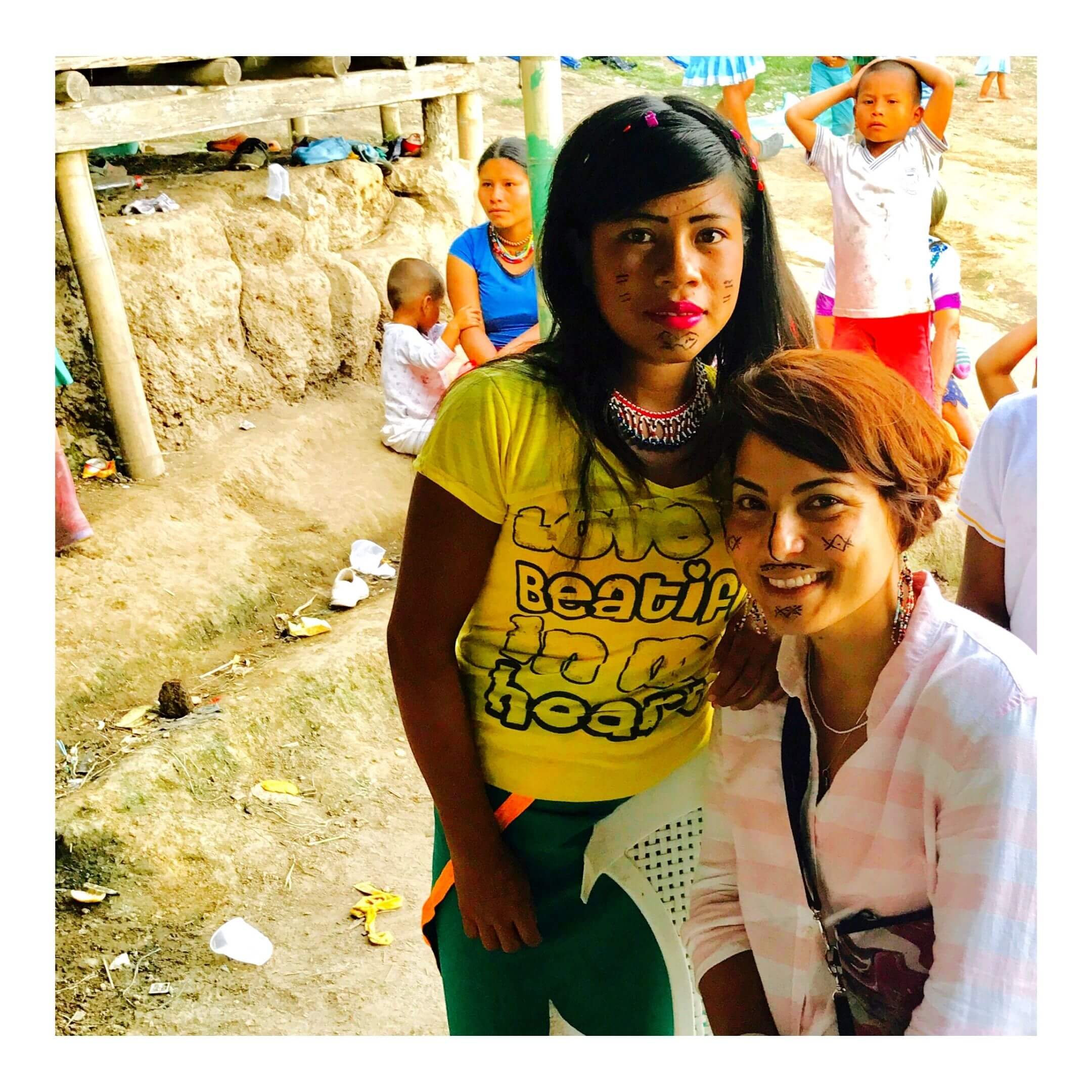
Artisan Made Goods - Our Story
The "Magical Tiendita" was born in 2017, on a road trip into the small villages of the Western Andes of Colombia. A creative from New York City looking for a fresh start and a human rights lawyer teamed up for an impact driven-project. To reshape the marketplace for artisan families and create a space for goods that are beautiful because of the people who make them.
Andes Mountains, Pueblo Rico
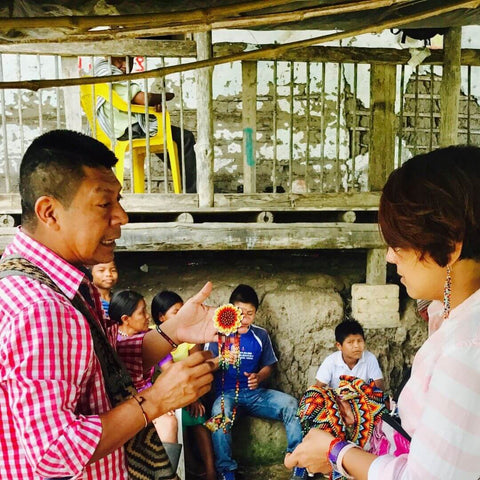
The first year, we joined the New York City Fair Trade Coalition, became part of a growing group of social ventures working out of the Impact Hub and participated in various pop-up markets.
LB + Fe Designs @ Pop Up Brooklyn 2018
Our artisan collaborators grew from one family to three, we were commissioned designs for a private label and happily took a break to allow change to happen.
Became a Mom to this little New Yorker

Today, our work evolved since and life as a new mom encouraged me to expand the artistic scope of this project. The next step was, opening a home art studio to nurture the creative spirit of young explorers and a place to share beautiful handmade objects that tell a story.
Thank you for sticking around as we share the exceptional stories and beauty of the unique cultures we encountered from the start of our journey. If you are new here, welcome. We are small but create meaningful work.
We believe in artisan culture, and we keep it alive.

We provide opportunities for artisan families from the Emberá Chami community, with fairly paid and flexible work from home. We offer beautiful accessories, that evoke a sense of discovery, rooted in the richness of shared cultures and connections. We hope to give you a look into the lives of our skilled artisans partners.
Artisan Workshop

"The Emberá community belief that women carry the weight of the world on their shoulders. The larger the adornment the greater their role in the community."
Our Ethical Production
- Celebrates traditional hand-crafted textiles and collaborate with skilled artisans in rural Colombia.
- Small batch production or made-to-order.
- Designed with inclusivity and adaptability in mind, using local materials.
- Values the people, places and processes behind each piece.

Follow our journey on insta @lelebombe
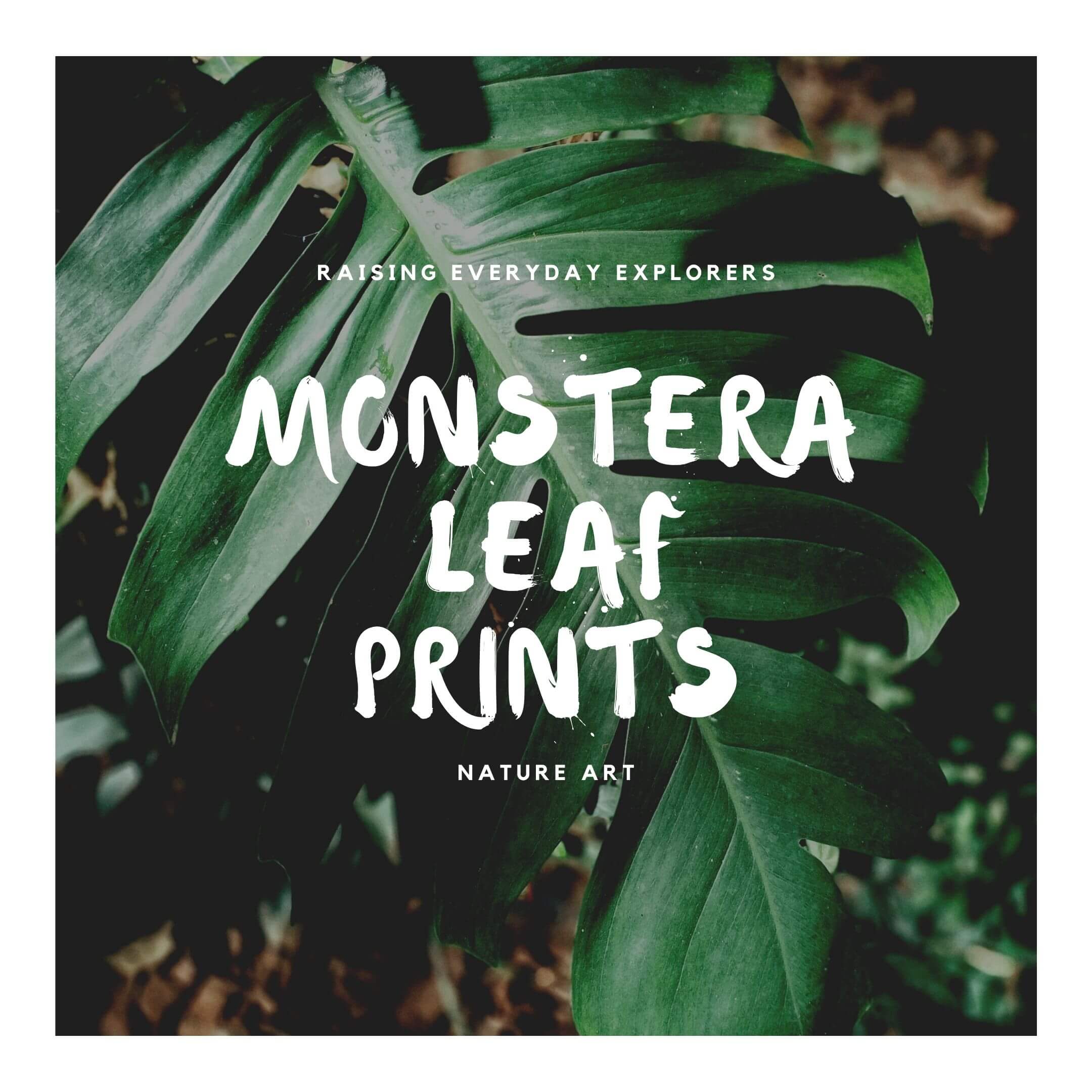
Monstera Leaf Printing
I was gifted a beautiful full grown monstera. Loved it from the second I saw it! I found the perfect spot for it, put it in a different pot and trimmed a leaf gone bad. I was inspired by this mustard colored leaf and set it aside for a fun leaf printing activity.
A big part of the art activities I put together, are meant to help kids connect with nature in wonderful ways. Leaf printing is just one of them. It lets you observe nature, see the tiniest details on the leaf and discuss the lifecycle of the plant.
Best part, you can always turn to your house plants for some inspiration and material. After a quick trim, use the leaves and stems you just cut and start your own leaf printing project. The bigger the leaves the better they are. See for yourself.
Monstera Leaf Printing

Time: 10 minutes Ages: Toddlers + Difficulty: Easy
Supply List
- Selection of leaves - trimmings from a household plants or from a nature walk
- White card or paper - large enough for leaf to fit onto
- Tempera Paints & White Acrylic
- Paintbrushes *Paint roller a plus, my little one likes to hold it and watch it go
Step 1: Paint with Bright Bold Colors
Set up the area with a large set of paintbrushes, a paint roller if you have one and some paint. You can paint them in a block of one color or overlay the colors for some neat patterns. Looking what paint to use: We used tempera paint and mixed it with a white acrylic, it provides a thicker coating.
Step 2: Paint Along the Underside of the Leaf
Press your painted leaf down onto your sheet of paper. Using a sheet bigger than the leaf helps to move the leaf around. Have your little one roll their fingers over the lead and slightly to press it down well enough, so that more of the paint will transfer to the paper.
Step 3: Be Amazed
Carefully lift off the leaf to reveal a beautiful print. Rich in color with the greatest of details. Even the stem shows up. The little one's enjoy peeling the left off.

My 2.5 year old son loved this activity. It was the right amount of messy and educational. We observed the glossy paint roll off the stem and talked about the odd-looking, perforated leaves. We ended up layering the leaf with different colors and got creative with the paper sizes. It's an easy set up and one that your little one will love.

A neat print out of the monstera leaf, perfect for my studio!
In this activity, kids learn how to:
- Engage in caring for plants, see the difference between green leaves and yellow ones.
- Help them get excited on learning about the environment.
Please tag me in your creations on Instagram and FB and use the hashtag #EXPLORERARTLAB to spread the word. We hope you enjoy this activity and thank you for being part of our community to grow "Everyday Creative Explorers".
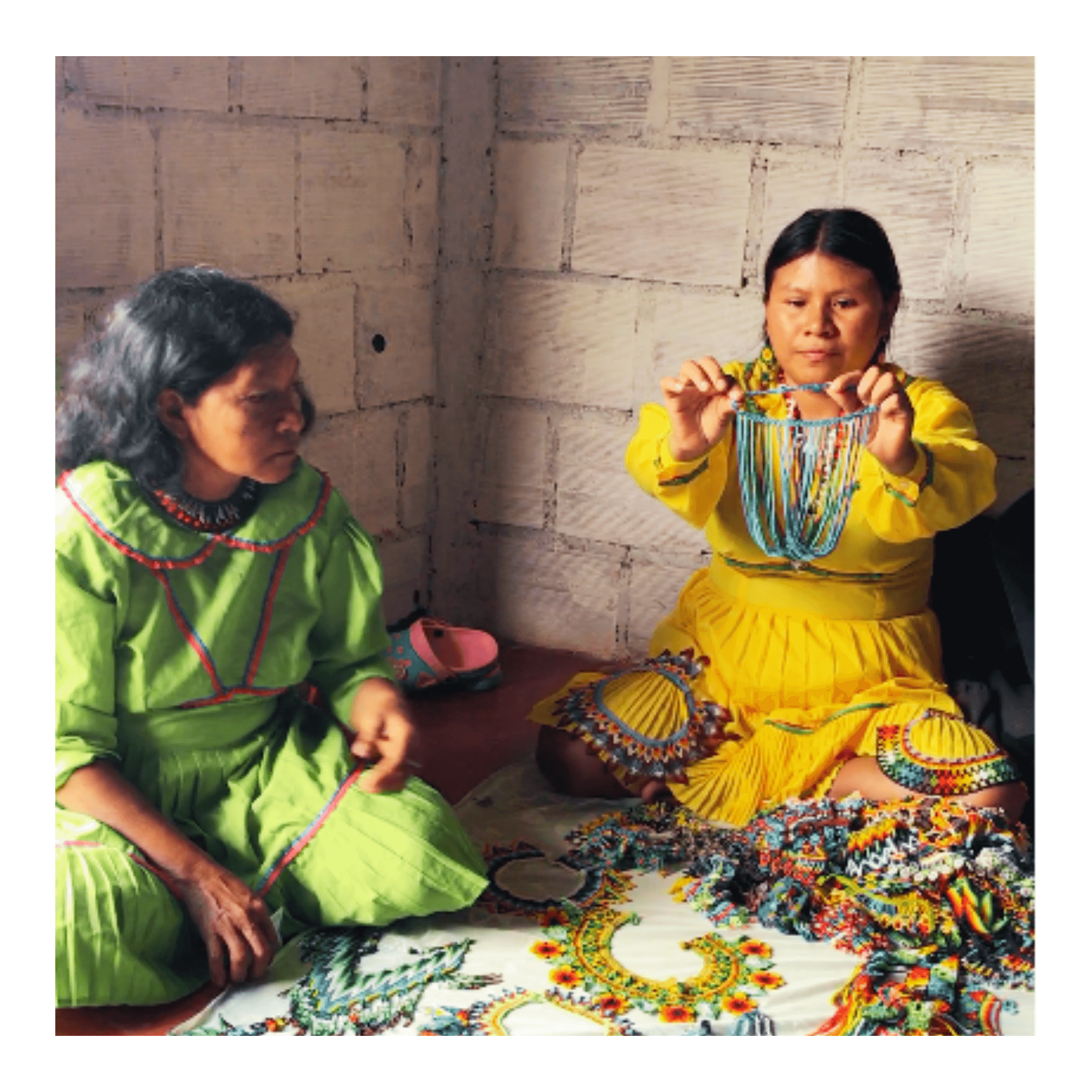
Design On A Mission
There is a powerful group of women behind every one of our designs. Each of them have their own interpretation of what inspires their work. Maria Yolanda our lead artisan and her daughter-in-law, Salome are both admired for their skilled glass bead weaving.
These are the exact women we want to support, skilled artisans who are leading change. Maria and Salome teach their extended community the art and trade of weaving. Our goal is to carve space for people like Maria and her family. They may live in small villages but their work is meant to reach a global audience.
We invite you to help us reshape the marketplace for artisan families of the Andes. Learn more about Maria and what inspires her.
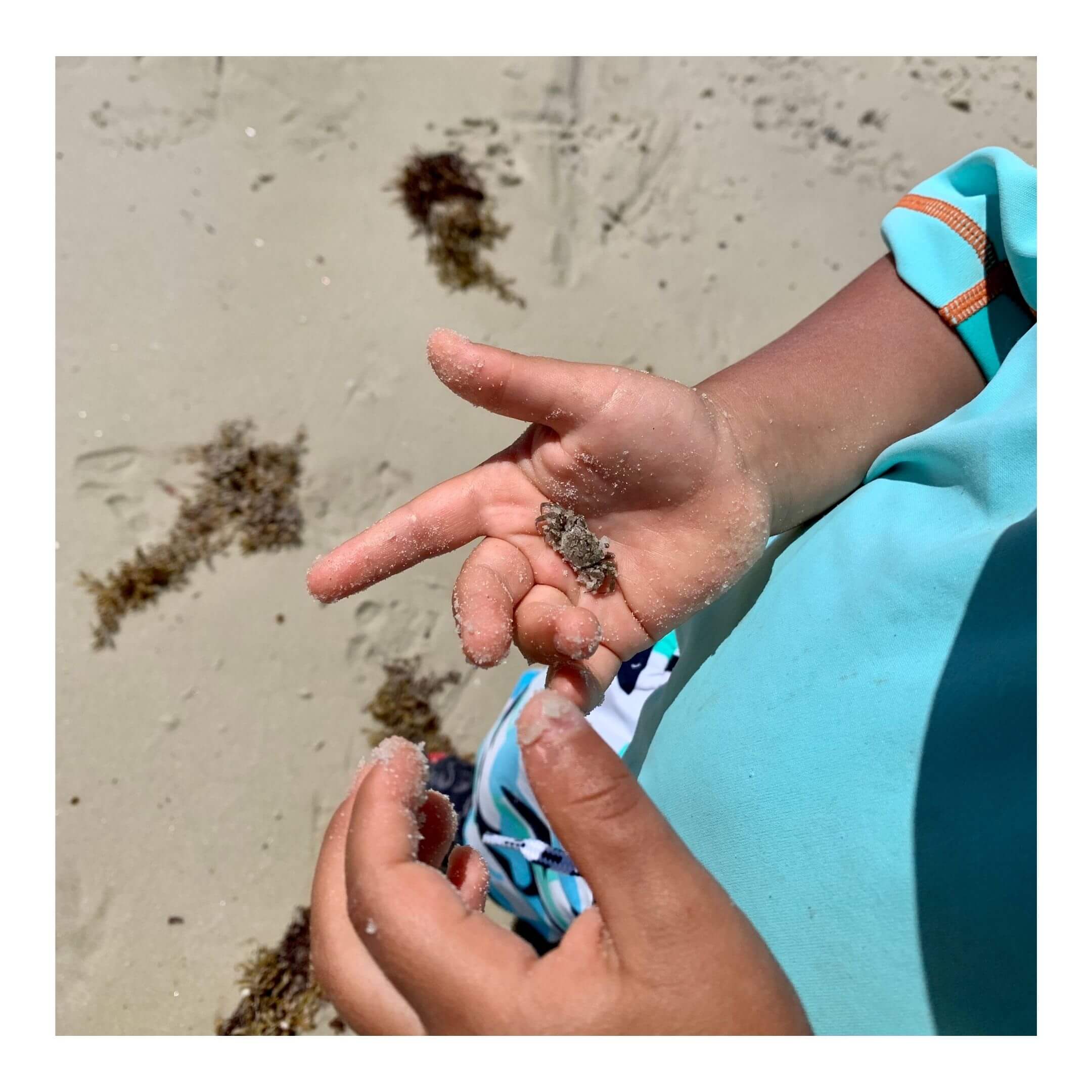
Three Piece Photographic Story
Sharing a couple of shots I put together as part of my final course work for National Geographic's Storytelling for Impact program. The program highlights ways you can use photography, video, graphics, and audio to tell stories in the most impactful ways to inspire change.

Young children observing tiny crustaceans.

Little hands at work doing what they do best, exploring.

Native vegetation act as natural buffers that protect the shoreline and adjacent properties from the effects of erosion.
It goes without saying that these shots are the start of a larger project. Looking closer at marine life and thinking of ways to contribute to the care of places like these is important for me. Stay tuned for more!
Are you working on passion projects that bring you closer to your community?
